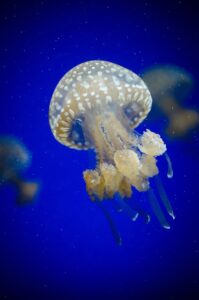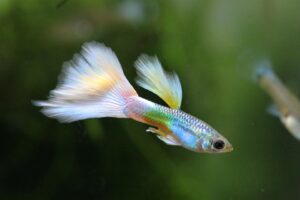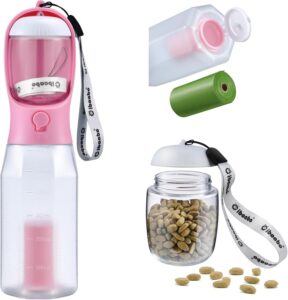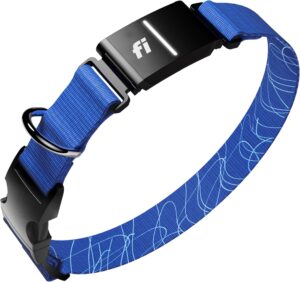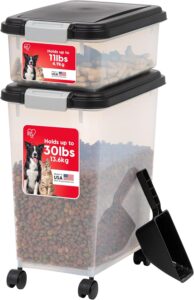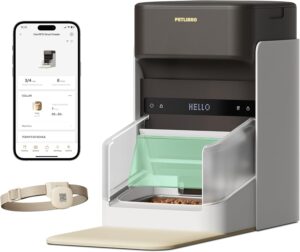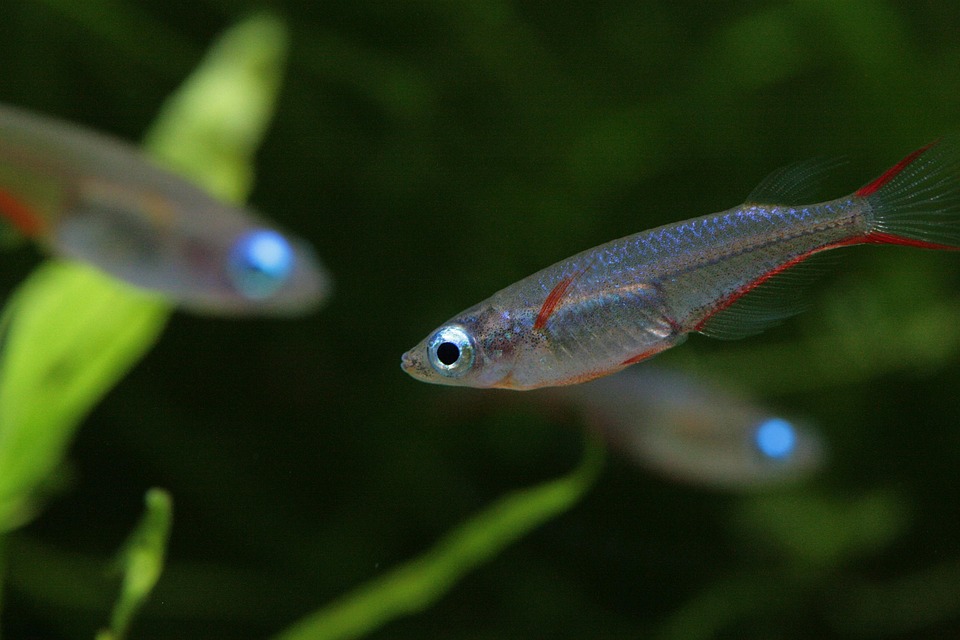
Introduction
Setting up an aquarium can be an immensely rewarding hobby. The serene beauty of a well-maintained tank can bring tranquility to any room. However, for beginners, the prospect of choosing the right fish can be daunting. The good news is that there are numerous fish species that are well-suited for novice aquarists. In this article, we explore some of the top beginner-friendly fish for easy aquariums, taking into account their care requirements, temperament, and compatibility with other species.
The Basics of Choosing Beginner-Friendly Fish
Before diving into specific fish species, it’s important to understand the key factors that make certain fish more suitable for beginners:
- Hardiness: Beginner-friendly fish are typically more resilient and can tolerate a wider range of water conditions, which is beneficial as you learn to maintain a stable aquarium environment.
- Temperament: Peaceful fish are easier to manage in a community tank, reducing the risk of aggression and stress among tank mates.
- Size: Fish that remain relatively small are often better for beginners, as they require less space and are easier to care for overall.
- Feeding: Fish that accept a variety of readily available foods simplify care routines.
Top Beginner-Friendly Fish
Betta Fish (Betta splendens)
Betta fish, also known as Siamese fighting fish, are a popular choice for beginners due to their vibrant colors and striking finnage. They are labyrinth fish, meaning they can breathe air from the surface, making them tolerant of varying water conditions. Bettas are solitary creatures and are best kept alone in a small tank, usually at least 5 gallons.
- Care Level: Easy
- Temperament: Males are aggressive towards other males, so they should be kept alone or with non-aggressive species. Females can be more sociable.
- Diet: Bettas are carnivorous and thrive on a diet of high-quality pellets, frozen or live foods like brine shrimp and bloodworms.
Zebra Danios (Danio rerio)
Zebra danios are hardy and active fish, making them ideal for beginners. Their small size and peaceful nature allow them to coexist well in community tanks. These fish are known for their horizontal stripes and energetic swimming.
- Care Level: Easy
- Temperament: Peaceful and sociable, they do well in groups of 5 or more.
- Diet: Omnivorous; they accept flakes, pellets, and frozen or live foods.
Guppies (Poecilia reticulata)
Guppies are lively, colorful fish that are extremely easy to care for, making them a staple in many beginner aquariums. They are livebearers, which means they give birth to live young rather than laying eggs, offering an interesting breeding aspect for new aquarists.
- Care Level: Easy
- Temperament: Peaceful, best kept in groups.
- Diet: Omnivorous; they thrive on flakes, pellets, and occasional live or frozen foods.
Neon Tetras (Paracheirodon innesi)
Known for their iridescent blue and red stripes, neon tetras are small, peaceful fish that add a splash of color to any tank. They are schooling fish, requiring groups of at least six to display natural behavior and reduce stress.
- Care Level: Easy
- Temperament: Peaceful, best kept in schools.
- Diet: Omnivorous; they readily accept flakes, micro-pellets, and live or frozen foods.
Corydoras Catfish (Corydoras spp.)
Corydoras catfish, or “Cories,” are small bottom-dwellers that help keep the tank clean by scavenging for leftover food. They are peaceful and social, thriving in groups of six or more.
- Care Level: Easy
- Temperament: Peaceful, best kept in groups.
- Diet: Omnivorous; they enjoy sinking pellets, wafers, and occasional live or frozen foods.
Platies (Xiphophorus maculatus)
Platies are vibrant, hardy fish that come in a variety of colors and patterns. They are easy to care for and breed readily, making them an excellent choice for beginners interested in fish breeding.
- Care Level: Easy
- Temperament: Peaceful, suitable for community tanks.
- Diet: Omnivorous; they accept flakes, pellets, and live or frozen foods.
Mollies (Poecilia sphenops)
Mollies are adaptable and can thrive in both freshwater and brackish water conditions. They are known for their wide range of colors and peaceful nature, making them a great addition to community tanks.
- Care Level: Easy
- Temperament: Peaceful, best kept in groups.
- Diet: Omnivorous; they enjoy flakes, pellets, and live foods like brine shrimp.
Setting Up Your Beginner Aquarium
Once you’ve selected your fish, it’s important to create a suitable environment for them. Here are some tips for setting up a beginner-friendly aquarium:
- Tank Size: While smaller tanks may be tempting, a larger tank (20 gallons or more) is easier to maintain and provides a more stable environment.
- Filtration: Invest in a reliable filter to ensure clean and healthy water. Choose a filter appropriate for the size of your tank.
- Heating: Most tropical fish require a consistent temperature between 75-80°F. A quality aquarium heater is essential for maintaining this.
- Water Quality: Regular water changes and testing for ammonia, nitrites, and nitrates are crucial for keeping fish healthy.
- Decoration and Plants: Provide hiding spots and plants for your fish to explore and feel secure. Live plants can also enhance water quality.
Conclusion
Starting an aquarium can be a fulfilling and enjoyable journey, especially when you choose the right fish to match your experience level. The species mentioned in this article are not only beautiful and easy to care for but also offer a glimpse into the fascinating world of aquatic life. As you gain experience and confidence, you may wish to explore more challenging species or expand your aquarium setup. Remember, the key to successful fishkeeping is patience, regular maintenance, and a genuine interest in the well-being of your aquatic pets.
By selecting beginner-friendly fish and creating a supportive environment, you’ll be well on your way to enjoying a vibrant, thriving aquarium.
#ChatGPT assisted in the creation of this article.

